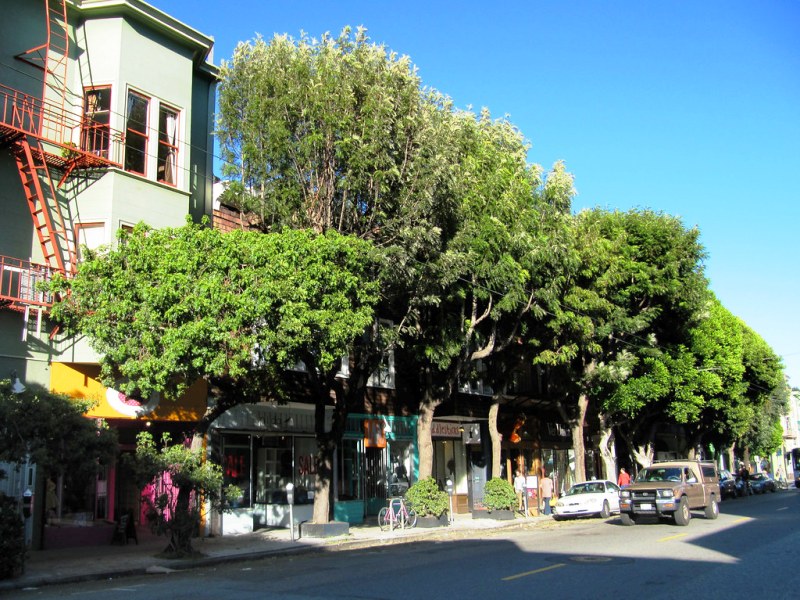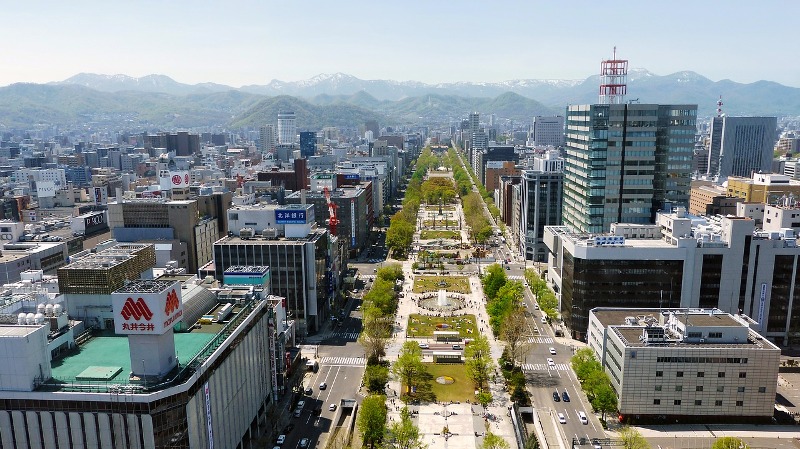In the bustling landscape of urban development, a novel concept is taking root – the creation of urban micro forests. These small-scale green havens within cities are not only aesthetically pleasing but also serve as powerful contributors to sustainability efforts. In this exploration, we unveil the concept of urban micro forests, delving into their significance, benefits, and the transformative impact they can have on urban environments.
Green Oasis Amidst Concrete Jungles
Urban micro forests, often referred to as pocket forests or tiny forests, are miniature ecosystems strategically planted within urban areas. These small-scale forests mimic the structure and function of natural forests but are designed to thrive in confined spaces. The goal is to create a green oasis amidst the concrete jungles of urban landscapes, promoting biodiversity and fostering a connection between city dwellers and nature.
The Process of Cultivation
The cultivation of urban micro forests involves a thoughtful and deliberate process. Native plant species are carefully selected to create a diverse ecosystem that mirrors the natural flora of the region. The chosen species should be resilient, requiring minimal maintenance and water once established. The close spacing of trees and plants encourages a natural competition for resources, leading to healthy growth and self-sustenance.
Benefits Beyond Aesthetics
The benefits of urban micro forests extend far beyond their aesthetic appeal. These green pockets play a crucial role in mitigating the environmental challenges posed by urbanization. Some key advantages include:
1. Biodiversity Boost:
Urban micro forests contribute to the preservation and enhancement of biodiversity within urban settings. The diverse range of plant species provides habitats for various insects, birds, and small mammals, creating a balanced and thriving ecosystem.
2. Air Quality Improvement:
The trees in urban micro forests act as natural air purifiers, absorbing pollutants and releasing oxygen. This helps improve air quality in densely populated urban areas, contributing to the overall well-being of residents.
3. Carbon Sequestration:
The compact nature of urban micro forests does not diminish their ability to sequester carbon. These small-scale ecosystems play a role in mitigating climate change by capturing and storing carbon dioxide, a major greenhouse gas.
4. Community Connection:
Beyond the ecological benefits, urban micro forests provide a space for community engagement. Residents can actively participate in the cultivation and maintenance of these green spaces, fostering a sense of pride and connection to the environment.
Challenges and Solutions
While the concept of urban micro forests holds great promise, it is not without its challenges. Limited space, soil quality, and the need for community involvement can pose hurdles. However, innovative solutions such as vertical gardening, soil enhancement techniques, and community-driven initiatives can overcome these challenges and ensure the successful establishment of micro forests in urban settings.
Cultivating Sustainability: A Call to Action

The cultivation of urban micro forests is not just a trend; it’s a call to action for sustainable urban development. City planners, environmentalists, and community members can collaborate to integrate these green pockets into urban planning. The process involves identifying suitable locations, selecting native plant species, and engaging the community in the planting and maintenance processes.
Embracing a Greener Future
As we unveil the concept of urban micro forests, it becomes clear that these small-scale ecosystems hold significant potential in shaping the future of urban development. The benefits they offer, from biodiversity preservation to air quality improvement, align with the growing global emphasis on sustainable living.
Nurturing Sustainable Urban Environments
In conclusion, the concept of urban micro forests represents a shift toward sustainable urban environments. These green havens not only contribute to the overall well-being of city residents but also serve as beacons of hope for a greener, more sustainable future. Embracing and expanding the cultivation of urban micro forests is a step toward cultivating a harmonious coexistence between urban spaces and the natural world.
